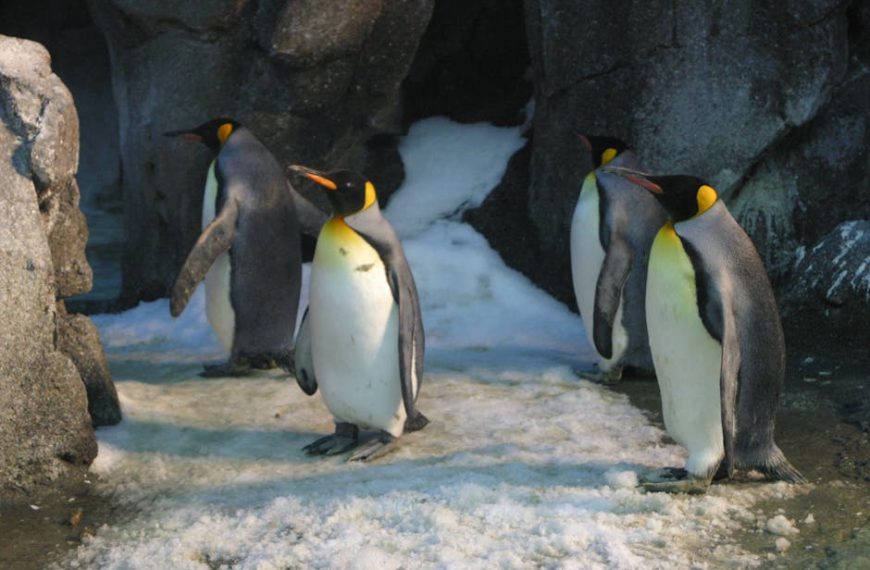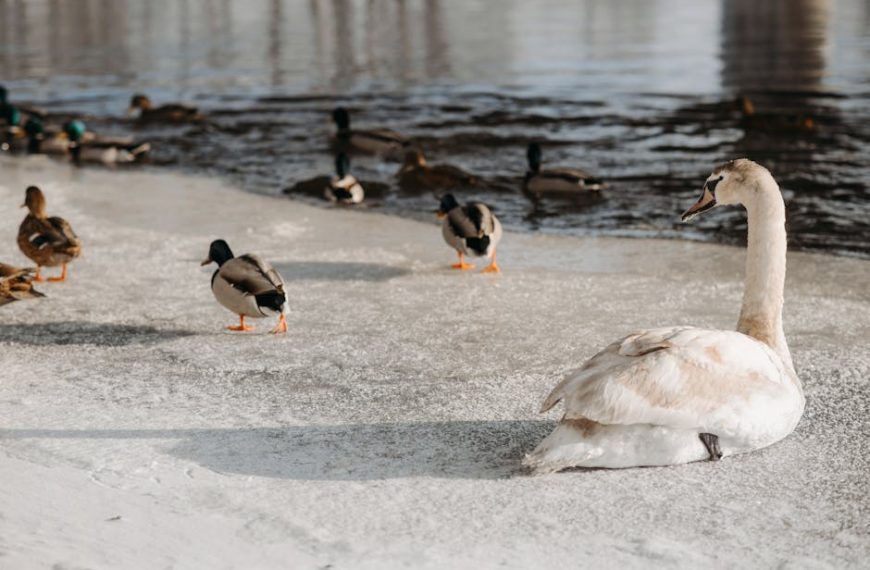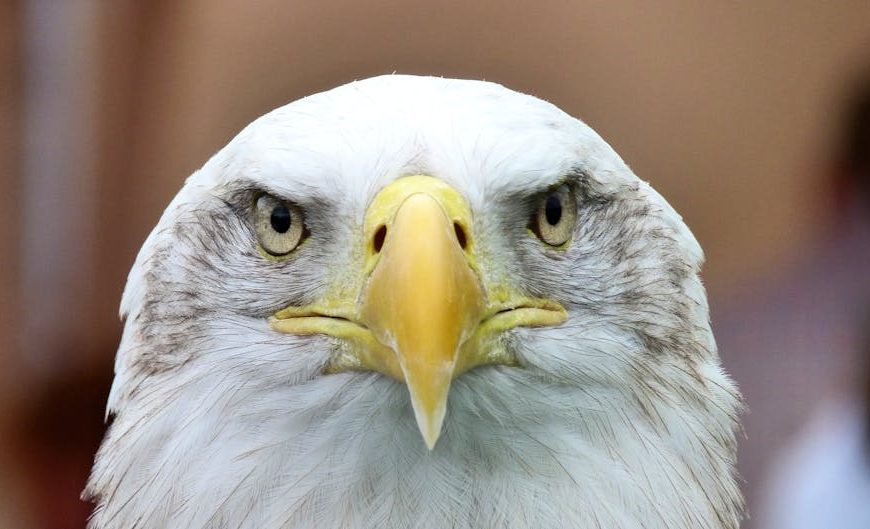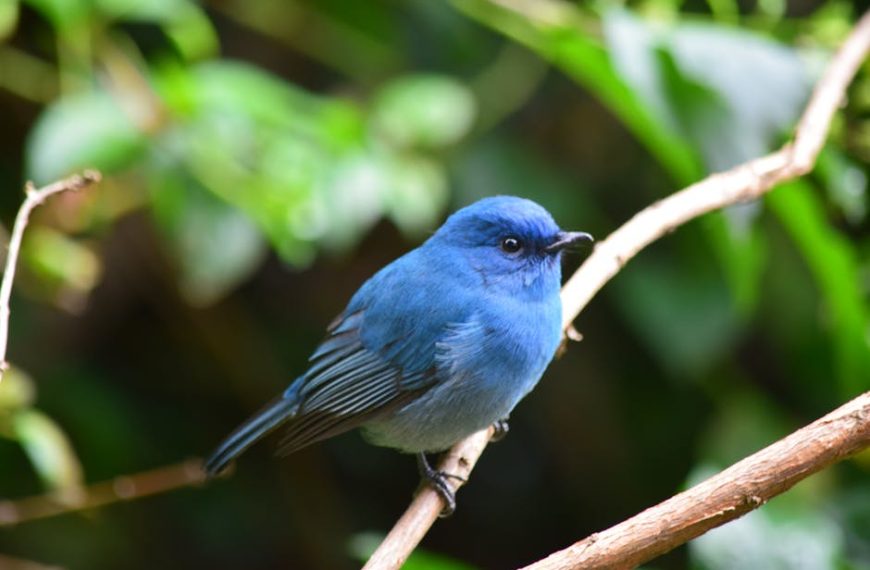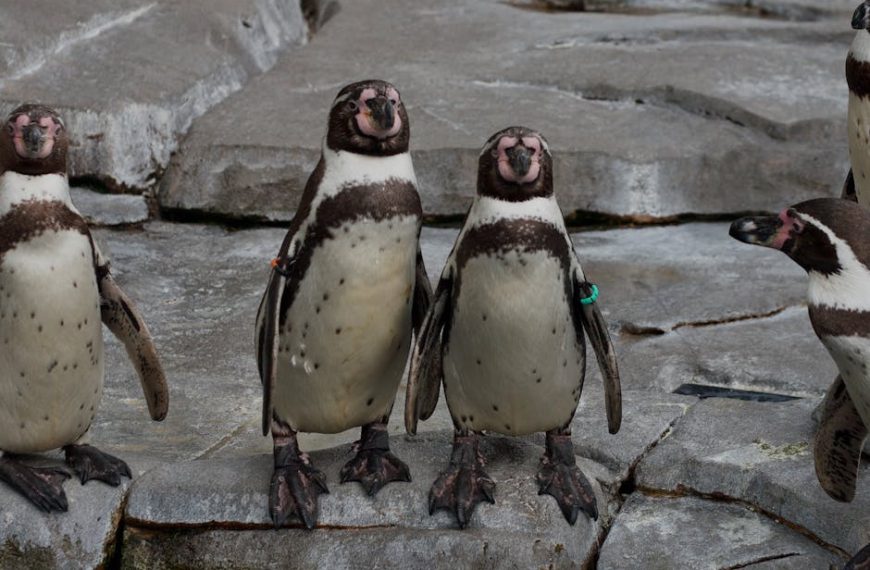With the speechless beauty and charming melodies that fill the air, birds have always fascinated human beings. A less explored dimension—it may have caught your attention, whether as a birdwatcher, a nature lover, or simply someone sitting by the window—is how birds behave when it rains. It’s in these moments, under the drizzling gray sky, when birds reveal a glimpse of their adaptability, survival instincts, and the intricate dynamics of their lives.
The impact of rain and changing weather conditions are profound on almost all outdoor life, and birds are no exceptions. In order to navigate these conditions, birds adjust their behaviors and routines rather efficiently. Light rain may have minimal effect on some birds’ activities, while heavy rain can significantly influence their flying, dining, and foraging.
Birds also depend heavily on their keen eyesight for survival, and rain can affect visibility, making the search for food and evading predators more challenging. Equally, activities like nest-building and gathering food become hard during heavy rains, especially for ground-feeding birds. However, all is not lost during precipitation, as rain can bring forth plenty of worms and grubs, helpful for both terrestrial and aquatic birds.
Survival in diverse environments requires a combo pack of physical and behavioral adaptations. To cope with rain, birds have evolved some ingenious solutions. One such essential physical adaptation is the waterproofing of their feathers. A preen gland located near their tail produces an oily substance that birds spread over their feathers, creating a waterproof and insulating coat that shields them from the rain.
Behavioral adaptations are equally significant. Birds adopt various strategies like perching and fluffing feathers to trap warm air and limit water exposure. Another strategy is huddling—by staying close, birds can share body warmth and stay dry. In some instances, birds may go into torpor, a state of reduced metabolic activity, to conserve energy during cold or rainy periods.
Much like humans, birds require shelters, especially during harsh weather conditions. Trees, shrubs, and undergrowth provide natural cover, while hollows in trees or dense foliage offer more substantial protection. For ground birds, foliage, fallen logs, or even man-made structures like bridges or buildings can serve as shelter. Additionally, bird enthusiasts can contribute by providing birdhouses or nesting boxes.
Of course, the impact of rain can vary strikingly among different bird species. For instance, aquatic birds like ducks or waterfowls scarcely perceive rain as an inconvenience—they’re entirely comfortable in wet surroundings. On the contrary, smaller terrestrial birds may face daunting challenges, as their small size and lightweight make them more susceptible to rain and cold.
Rain can be a mixed blessing when it comes to bird breeding. Several species of birds align their mating rituals with the onset of the rainy season. The abundance of food and subsequent high survival rates for chicks often make this an ideal time to breed. However, incessant rains can result in soggy nests and flooded nesting sites, threatening the survival of eggs and chicks. Still, the adaptability of birds shines through, with some species adopting measures to secure their nests by building them under heavy foliage or inside tree cavities.
How Bird Mating and Breeding is Affected by Rain
The rain can have a significant effect on the mating and breeding of birds. While rain is often associated with gloomy weather and fewer activities for most species, for some birds, this is the ideal period to start their courtship and breeding rituals.
Just as the rain causes the worms and grubs to emerge from the ground, which provides a bounty of food for the birds, the arrival of the rainy season is seen as a sign of abundant food supply and hence, a good time to raise their broods.
Pro Tip: The onset of rains is often the best time for bird watchers to observe the countries and mating rituals of different bird species.
However, incessant and heavy rains can bring challenges. For some bird species, excessive rainfall can flood nesting sites and soak nests, resulting in lower survival rates for eggs and hatchlings.
Despite these challenges, birds have found ways to overcome and thrive. Some birds build their nests under heavy foliage or inside tree cavities to protect them from rains. Others have developed amazing skills to incorporate water-resistant materials into their nests for added protection.
Bird Species Where Rain Influences Breeding
- Purple Martins: These birds delay their nesting until the rainy season starts. They seem to time it such that the hatching of chicks corresponds with the peak of the insect population, which booms after the rains.
- African Monarch Flycatchers: This species starts to breed with the onset of rains. Significant rain triggers a hormonal response that results in their readiness to breed along with plentiful food availability.
- Red-billed Quelea: Known as Africa’s pest bird, these Queleas synchronize their breeding with the rainy season which coincides with the ripening of grass seeds, their primary food source.
Game Plan: Helping Birds During Rains
- Use weather-proof feeders: This can make bird feeding stations more accessible, especially in rainy days when other food sources are hard to find.
- Provide shelter: If you have a garden or backyard, nest boxes and birdhouses provide excellent shelter for birds during the rain.
- Leave natural coverage: If possible, leave patches of your garden wild with trees and bushes that can provide natural cover for small birds.
- Water supply: Although it may sound counterintuitive, providing a clean water source, like a birdbath, could still work wonders. Birds will need to bathe more often during wet weather, as this helps to keep their feathers in prime condition.
By observing and understanding birds’ rain behaviors, we can not only marvel at their resilience but also learn to help them thrive better. The next time it rains, instead of feeling downcast, watch out for your winged friends – they might just inspire you with their rainy-day game plan!
Key Takeaway:
- Different rainfall intensities impact birds’ various activities, forcing them to adjust their behaviors, like feeding or flying.
- Birds have developed physical adaptations, like waterproof feathers, and behavioral modifications, like huddling, to survive in rainy conditions.
- Shelter is crucial for birds during the rain. They seek natural cover in foliage or human-made shelters like birdhouses.
- Rain affects different bird species differently, with waterfowl being comfortable in these conditions while smaller birds may struggle.
- Rain can affect birds’ mating and breeding cycles, presenting both opportunities and challenges for their survival.
Observing how birds handle the rain can be a fascinating experience. Their adaptations to weather changes demonstrate nature’s resourcefulness and resilience. These insights can also help us better support bird populations by providing appropriate shelters and feeding areas, especially during harsh weather conditions.
FAQs
Q: What can I do to help birds find food during heavy rain?
A: Consider setting up a bird feeder in your garden. Ensure it’s weather-proof so it can stand the test of heavy rain and still provide food consistently.
Q: What type of shelter is most beneficial for birds during rain?
A: Apart from natural shelters like tree cavities and dense foliage, man-made structures like birdhouses and nesting boxes also provide excellent protection in the rain.
Q: How does rain affect the visibility of birds?
A: Rain can impair visibility, making it more challenging for birds to find food and dodge predators. However, birds have sharp eyesight and are generally able to navigate these difficulties.
Q: How do birds keep their feathers waterproof during rain?
A: Birds possess a preen gland that produces an oily substance. They spread this substance over their feathers, creating a waterproof and insulating coat that protects them in the rain.
Q: Can different bird species react to rain differently?
A: Yes, while waterfowl like ducks might enjoy the rain, smaller terrestrial birds may find it challenging as they are more susceptible to cold and their lightweight bodies make flight difficult in rain.
In conclusion, feel free to continue exploring our website for more fascinating articles like this one and don’t hesitate to share this information with fellow bird enthusiasts or nature lovers in your community.
